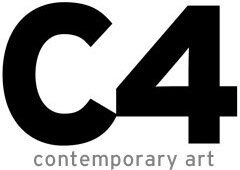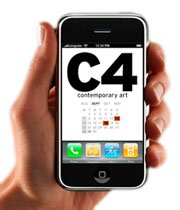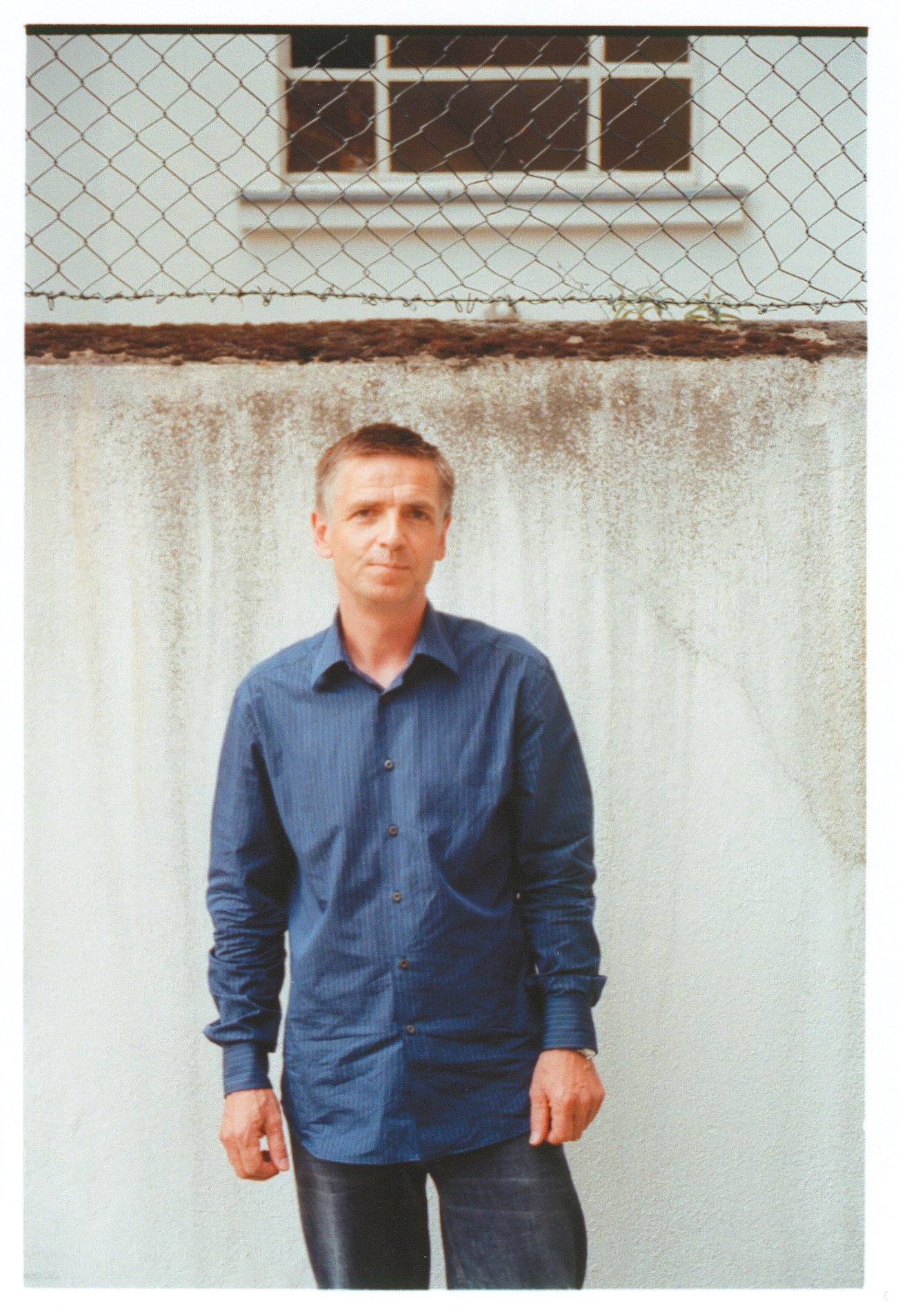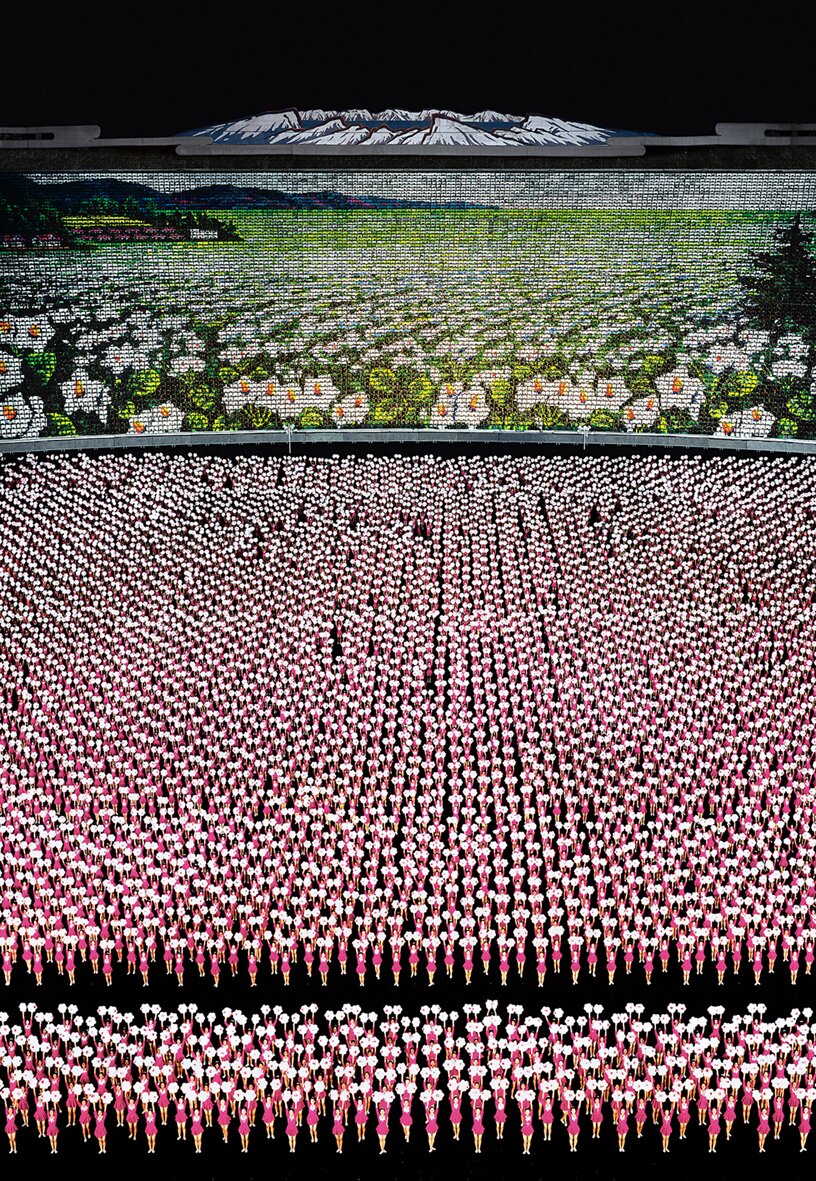|
German visual artist Andreas Gurky, popular in the 1990s and even now, is often recognized for his enormous architecture and landscape color photographs, often using an aerial vantage point, frequently identifying systematized aspects of culture. Prior to the 1990s, Gursky did not produce his works on a digital platform, though now openly discusses his dependence on computers to edit and enhance his pictures, as well as for the purpose of increasing the apparent scope of his subject in terms of size. .Critic Calvin Tomkins described the experience of confronting one of Gursky's large scale prints, "The first time I saw photographs by Andreas Gursky... I had the disorienting sensation that something was happening—happening to me, I suppose, although it felt more generalized than that. Gursky's huge, panoramic color prints—some of them up to six feet high by ten feet long—had the presence, the formal power, and in several cases the majestic aura of nineteenth-century landscape paintings, without losing any of their meticulously detailed immediacy as photographs. Their subject matter was the contemporary world, seen dispassionately and from a distance." Whether or not this statment was a genunine statement of fact or rather as paid flattery, as of 2007, Gursky holds the record for highest price paid at auction for a single photographic image. His 99 Cent II, Diptych, sold for USD $3.3 million at Sotheby's, London.
One, however, gets the feeling that much of the later 'serial' work is done more for the market than for the purpose of philosophical investigation or to fulfill a sense of 'completeness' of a personal collection. All speculation as to motive aside, the work asks questions about economy, both global and local. The formal arrangement is suspicious of the organization of global organization and logistics. The codex for the DNA in these works is perhaps most visible in the early work "Paris Montparnasse" of 1993 (above). The architectural frame of the high density high rise building becomes the very context for such discussions. The careful framing erases the objecthood of the building - preventing it's identification as object and drawing attention only to the divisions implicit in the architecture. The building then becomes an easy trope for the fabric of the industrial society – except without being so 'obvious' about it. in breaking with this canon of architectural photography, Gursky absorbs the medium and uses it's innnately high resolution for narrative (and not sensual) purposes. That is to say each unit and life is clearly identifiable – and that's where the tension comes in. The resolution and size of a Gursky photograph is always necessary (and this is why you cannot adequately make out the import of his work from the internet, on a screen). It is very important that the viewer identify with the individual unit composing the matrix of the 'system' in all cases. Gursky would like, among other things, for us to comtemplate the tension inherent in this dialectic. My personal feeling is that this is where this body of work fails over the long term. It becomes too didactic, too dry. As an artist he has tried to squeeze too much out of a singular trope and forced too much work out of it – without bringing more into the equation. It will be interesting to see if he can successfully divorce himself from the success and the shadow cast by this series...
|




 Andreas Gursky ,
Andreas Gursky , 
 Andreas Gursky,
Andreas Gursky,  Andreas Gursky,
Andreas Gursky,